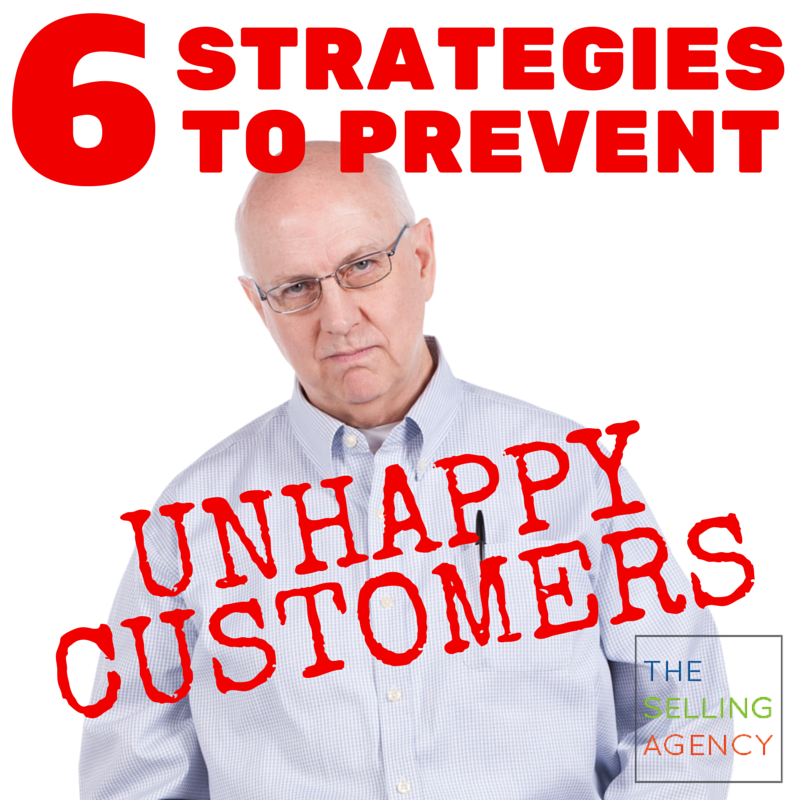The following guest post was written by Shawn Karol Sandy of The Selling Agency, a partner of Pivot10 Results and co-presenter of “From Pain To Profit: Strategically Pivot Your Talent and Culture” on June 23, 2016 in Myrtle Beach.
We spend a lot of time and energy writing and discussing how to attract and sell to customers. Our focus is primarily on the top of the funnel – generating “At Bats” for our customers and readers because if you bring the right product to the right people at the right time and demonstrate your valued partnership, you have a greater chance at converting business than the cold-calling-dialing-for-dollars days of selling past.
But today we’re going to talk about “After The Funnel” and a topic that every sales pro – even the most awesome pros – experience. Sometimes, you fall down running the bases or you should have never taken that swing. Sometimes, you wind up with . . .
The Difficult Customer. The Nightmare Account. The Disgruntled Client.
When these difficult situations happens, the best way to handle them is to have a plan.
Here are 6 strategies to better prepare and prevent unhappy customers.
Cut them loose early.
If you suspect a potential customer is not the right fit or they demonstrate signs that they will be a difficult client, listen to your gut. Better now than dedicating hundreds of man hours managing personalities and problems that could be avoided if you listened to the “foreshadowing” they provided you. Bad deals are most always time-sucks in your business, eating up manpower, resources, time and attention. Dissecting {see Post Mortem below} problem accounts to understand the factors that contribute – wrong customer, wrong product, wrong solution, wrong team . . . help you understand what you’re best suited for and what defines “good business” and ideal customers for you. Don’t let those lessons go to waste. Search for customers that better match what your capabilities are and listen to your intuition to bow out gracefully if you can.
Be the specialist.
‘Vague and general’ leaves a lot of room for assumptions and unmet expectations. Most disappointment happens when our expectations aren’t met. Frustration occurs when we feel people don’t understand us or our needs. The more deeply you specialize in solving a specific set of problems, the more you align with your customers’ needs. Using social media and content to demonstrate the depth of your expertise and insights into an industry or product gives your prospective clients an understanding of how you can help them and sets the first expectations of what it’s like to do business with you. The “generalist” does not usually generate wildly passionate customer advocates. If you care a great deal about your hair products, it’s probably harder to get excited about ‘Walmart’ when compared to ‘Lush, Bath and Cosmetics’. They both sell products that get you clean in the shower but you go to Lush to buy handmade vegan seaweed lemon conditioner {if that’s your thing}. At Walmart, on the other hand, you can purchase any number of conditioners, as well as new tires, a hunting license and a case of yogurt. The specialist attracts more specific customers with a pre-determined set of expectations which makes it easier to convert, satisfy, and wow them.
Get everything in writing.
Not just documentation for the sake of saying, “You agreed to this . . . “ but to make it clear from the beginning: what to expect, when to expect it, who’s going to do it and how will it get done. Documenting experiences and milestones and reviewing them with your client helps projects come to more satisfying results and your customers feel more in control of their outcomes. Putting terms and agreements in writing makes ideas concrete, creates commitment and permanence for each party to reference in context to their expectations.
Seek to understand. And APOLOGIZE.
All paths to successful relationships run through empathy and when you seek to understand someone else’s perspective, your sincere and authentic efforts and apologies to offer remedies or solutions are more well received. Most problems can be resolved but first, customers want us to be contrite – to apologize for their difficulties and empathize that somewhere, somehow, things went wrong for them. Without acknowledging that, we can’t move on to resolution or correction. Ask What is really upsetting to the customer? What problems and difficulties does this create within their business or for their lives? Whether you created the problem or contributed to it, there are real consequences for your customers.
Conduct a “post-mortem” of what went wrong.
When you sit down together with your customer and work through the origins and outcomes of problems, you can peel away layers of the problem. Communication, unmet expectations and subjective points of view can all contribute to a botched end result. When a client was unhappy or a problem occurred when I was a sales executive for a commercial print organization, I would sit down with my production manager and the client with their team so that we could create processes or systems to prevent problems in the future. What we usually revealed in these meetings were that the clients didn’t supply explicit instructions and/or they did not provide files with enough lead time to not create a problem or missed deadline. Dissecting the problem and its origins is beneficial to make sure it doesn’t happen again, but it also can absolve or shift some of the burden of blame from you and your business – which can ease the relationship or buyback some goodwill to continue working together.
Expect conflict, practice diffusing the bomb.
It’s inevitable that even the best sales pros or businesses will have a disgruntled client or two at some point. The better you are at pre-qualifying and collaborating with your customers, the fewer nightmare accounts you should experience. However excellent you are, you should still expect and train for the eventual “customer bombs” that can explode in your business. Coach understanding and empathy first to all associates that may bear the wrath of an unhappy client. Discuss scenarios and potential solutions but most importantly, let anyone who is customer-facing know that they will be supported and their response to an angry customer can make or break a situation. Escalating conflict with hostility or blame is a no-win situation.
Things will fall apart, accounts will blow up and if you’re a business owner or sales pro, you will at some point fail someone or not meet someone’s expectations or have a complete miscommunication that creates frustration, anger or hostile customers.
Be willing to sincerely apologize for the situation and empathize with their difficulties. Have a plan to deal with it. Learn from it and cut off more disasters before they happen. If you’re better prepared, you can turn things around and take difficult situations with unhappy customers and make life long customers. By implementing these strategies, you also create happier and more satisfied customers all around – helping you build those critically important customer advocates.
Until next time, keep kickin’ butt!
P.S. If you need help getting UNSTUCK, REGISTER NOW for our one-day conference “From Pain To Profit: Strategically Pivot Your Talent and Culture” on June 23 in Myrtle Beach.
ABOUT POST AUTHOR
 Shawn Karol Sandy
Shawn Karol Sandy
Straightforward, practical and perhaps slightly cheeky, Shawn Karol Sandy’s innate gift is helping people find new ways to solve old problems, unique ways to approach new problems and helping businesses re-invent themselves and their sales strategies. With Bold and Brave thought leadership and Clear Action Plans, her impact on business is Measurable and Meaningful and will lead your sales revolution to growth and revenue goals.





